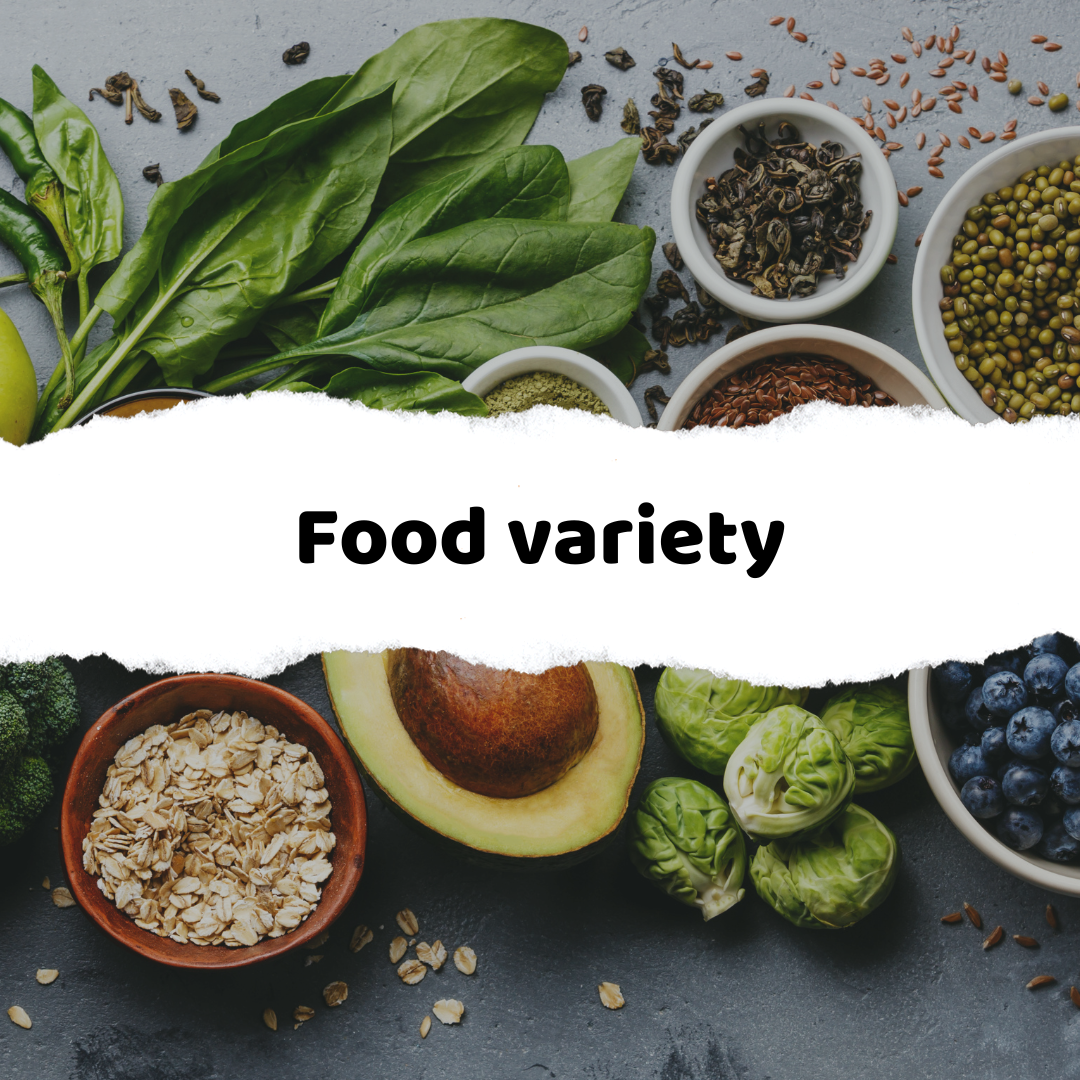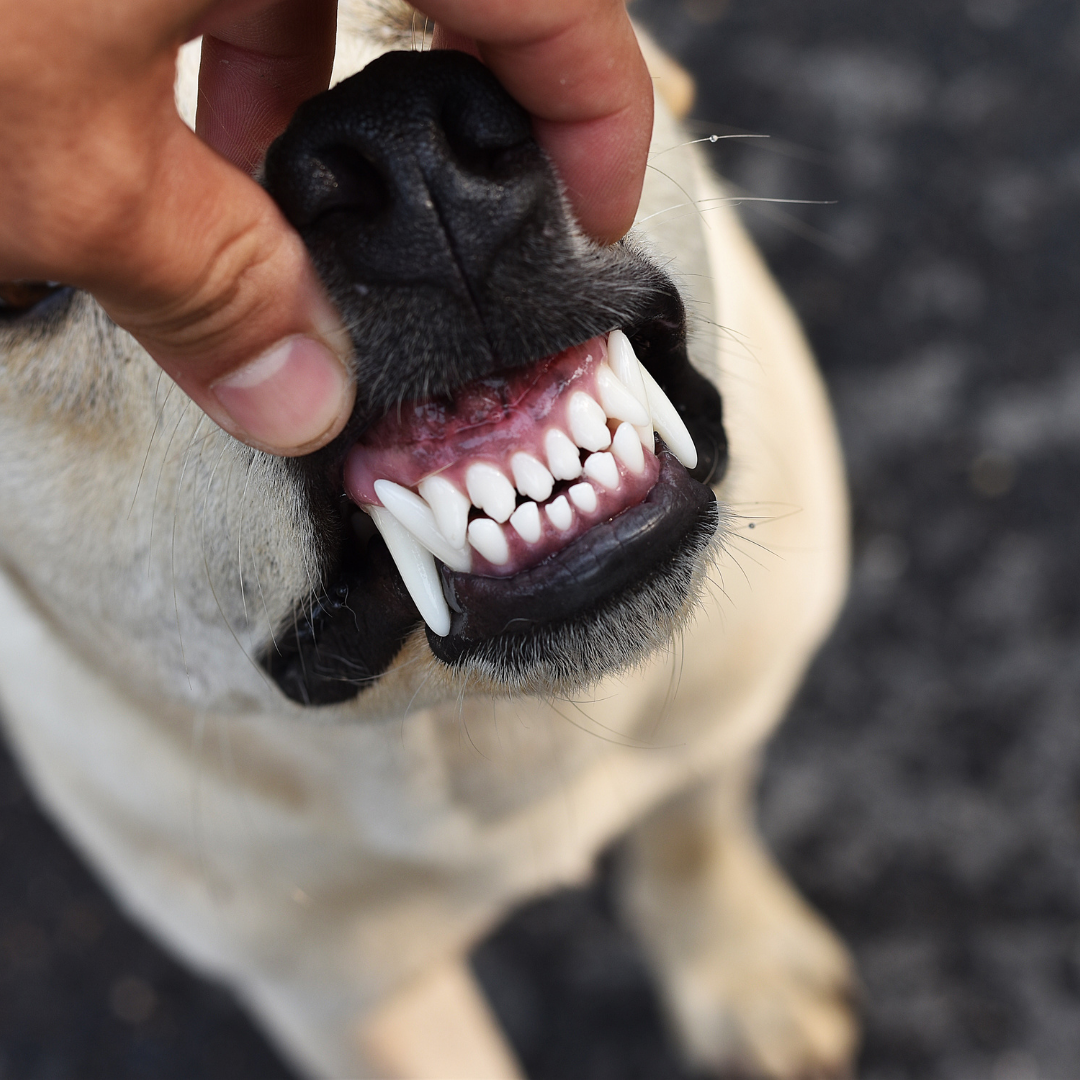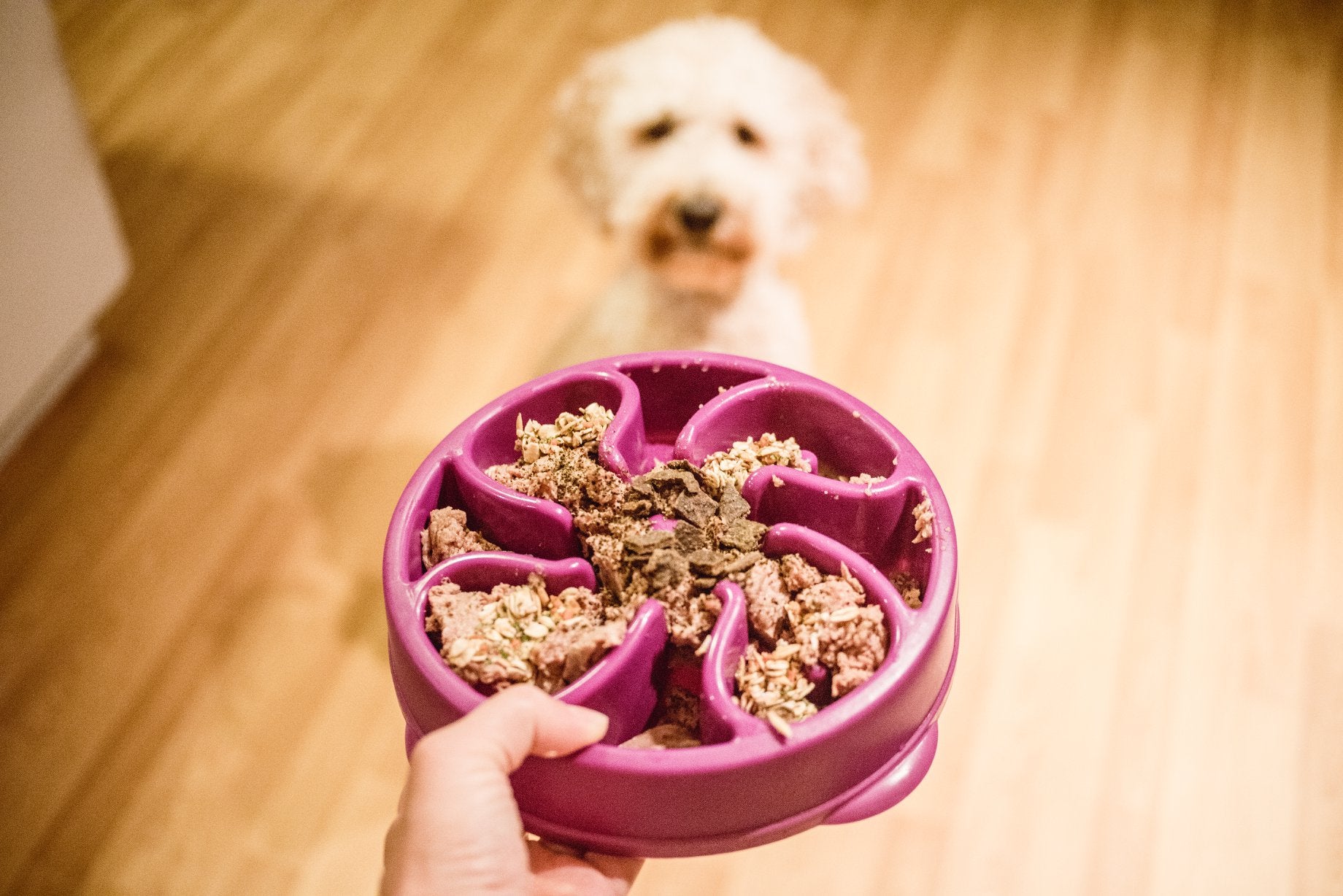Enzyme Induction
Have you ever wondered why your pet may get an upset stomach when you try to transition between flavours, brands, or diet type? Do you struggle to achieve diversity in your pet’s bowl because you fear they will have a bout of diarrhea or vomiting with the introduction of new foods? Have you taken your pet to the vet with a digestive upset, only to be told not to try to introduce new foods into the diet?
We’ve written about it before, and you can search for ‘The Amylase Study’ in our Facebook 'Maggie's Pet Nutrition and Wellness' group to read more. Enzyme induction may be to blame for the difficulty you are experiencing in introducing new foods to your pet’s bowl.
In a long story short, Enzyme Induction refers to the body's ability to turn off the secretion of enzymes when the demand for the function is taken away (a dog fed a diet purely of dry biscuits may not be secreting the suitable enzymes to break down fresh fats and may get the runs if these are added suddenly).
So, based on this research, a healthy adult dog fed a diverse fresh food diet that nourishes a robust microbiome, and encourages adequate enzyme production, will have the capacity to break down a large variety of different foods effectively and transitioning between food types and proteins shouldn't cause issue.
Our key tips to ensure enzyme induction doesn’t become a problem for you:
1. Diet diversity is key! Don’t just stick to the one product because your dog likes it. Buy different proteins, brands, cooked and raw, add eggs in different preparations, safe dairy, and seasonal fruits and vegetables, change supplement brands, oils and treats.
2. Go slowly! If you have a dog that is suffering from easy digestive upset, work slowly to introduce gut-friendly foods such as fermented products (yoghurt, kefir, Sauer kraut), probiotics or supplements that serve as a digestive aid.
3. If you’re dog has a particularly severe problem, you will need to work with your Veterinarian to rule out other underlying causes.
4. Book in a consultation with us to develop a program that nurtures a robust microbiome, so that your dog can be provided with the variety they need for the best chance at a long and healthy lifespan.
Over the past week, Maggie and Otis have eaten raw meat from two different brands in two different flavours, freeze-dried food, cooked food, egg quiches, fruits, steamed and raw vegetables, bones, treats (and in Maggie's case when she decided to be a little bit naughty) half a small loaf of sourdough without issue.
This should be the case for most pets, and if you suspect your pet may react poorly if you were to introduce new foods (unless they have a known intolerance or allergy), chat with us today about nourishing a more robust digestive system.




